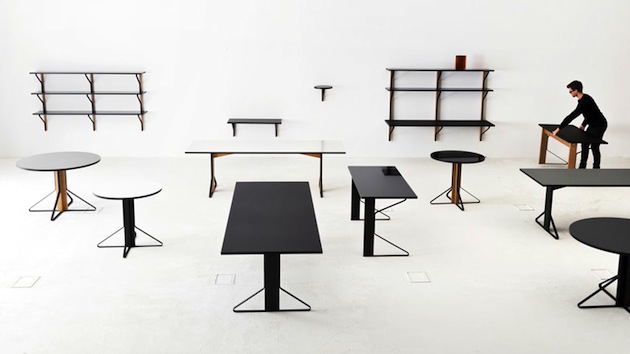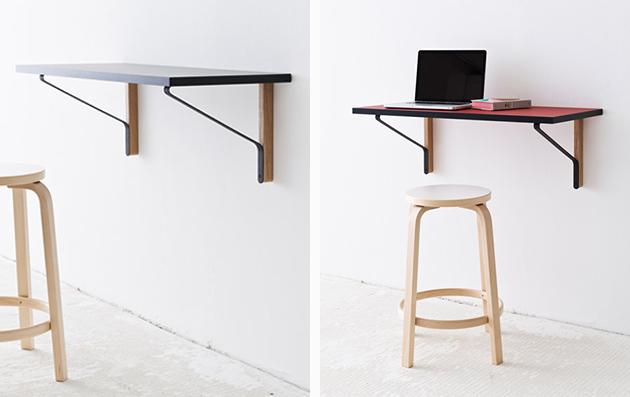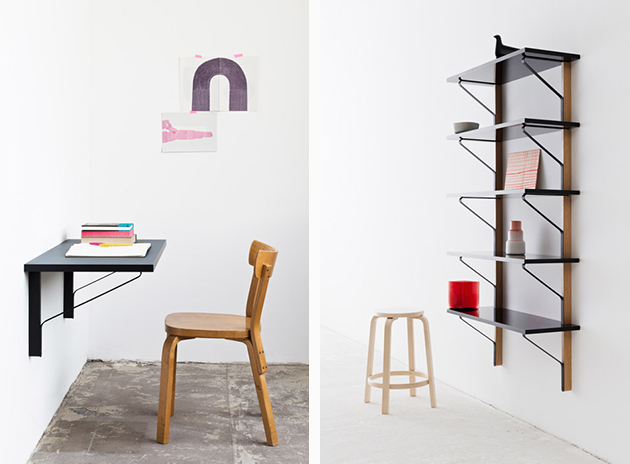
A myriad of de-contextualised references, historical re-appropriations and insufferable, outright arrogant replicas characterize the sphere of product design today, blatantly pointing to the practice’s complex relation with its history. In fact, historical contextualisation and awareness is one design’s greatest challenges today. Can contemporary design – especially furniture and interior design – propose an authentic vision for the future of the practice? Or is everything we see just a re-interpretation of modernist canons, re-packaged and re-vamped for a contemporary audience, oblivious to the discipline’s past? Can these questions even be addressed through practice, rather than through theoretical discourse?

Rather than plainly ignoring or subverting design history, Ronan and Erwan Bouroullec’s new project for Artek, the Finnish company founded by Alvar Aalto that has shaped design history, claims to acknowledge historical influence and Aalto’s insurmountable legacy. Kaari Collection comprises a series of products that emerge as a direct result of the company’s history: “Both wood and steel banding are traditional materials and a fundamental part of the Artek heritage – however, they have never before been combined in this way,” Ronan and Erwan state. A well-coordinated series of everyday objects – a table, a shelving system and working desks – supposedly follows Artek’s tradition of bent metal and laminated wood, re-proposing it for contemporary aesthetic sensibility and, above all, commercial viability.

The Bouroullec’s deliberate use of historical references does not, in any way, reform contemporary design’s position towards history. On the contrary, seen within a broader context of Artek’s recent evolution – the company was acquired by Vitra in 2013 – it says more about design’s commercial strategy rather than constructively contributing to its debated relationship with the past. In this specific case, design history is used as a means of validating projects that, in an over-saturated market, might not have any success or even reason to exist. Moreover, it poses a critical question about sustainability: if, as the Bouroullecs say, the table as typology of object has only undergone minor alterations over the past 100 years, is there really anything left to add? Perhaps a more thorough reading of design history might be the right antidote to such superficial appropriations, and just what contemporary design practice desperately needs.
Rujana Rebernjak
